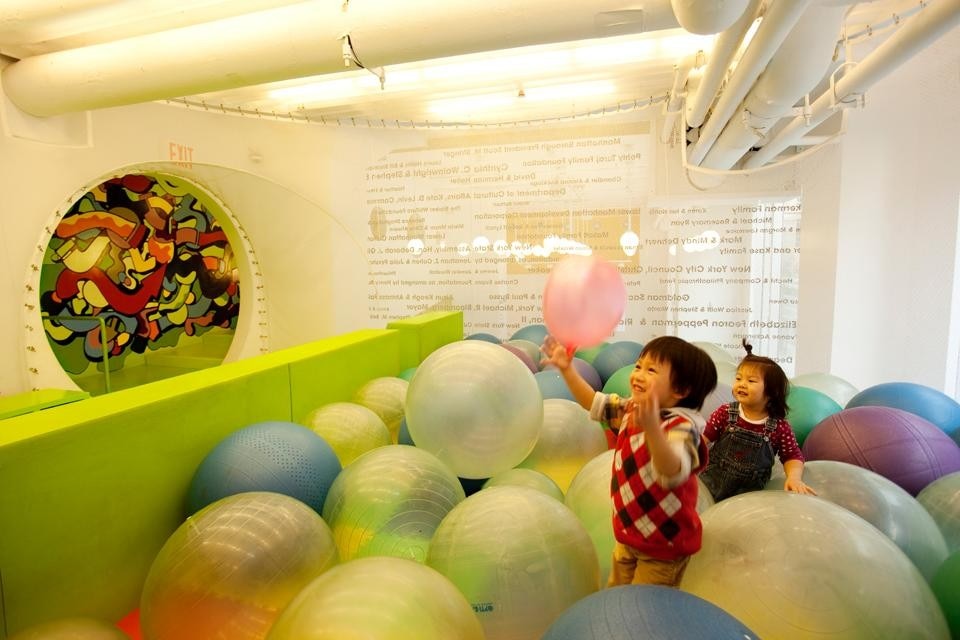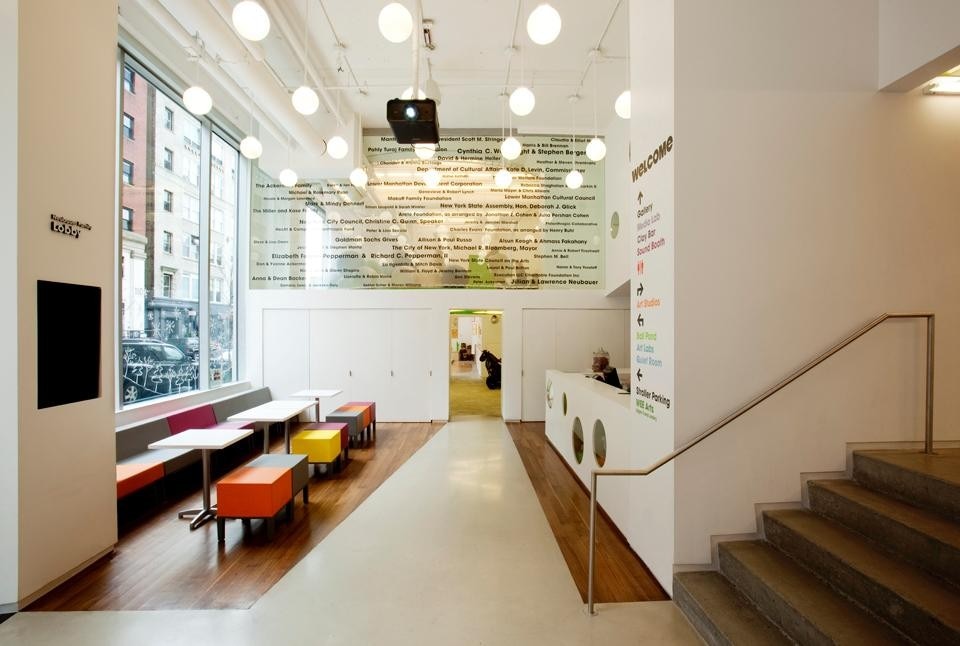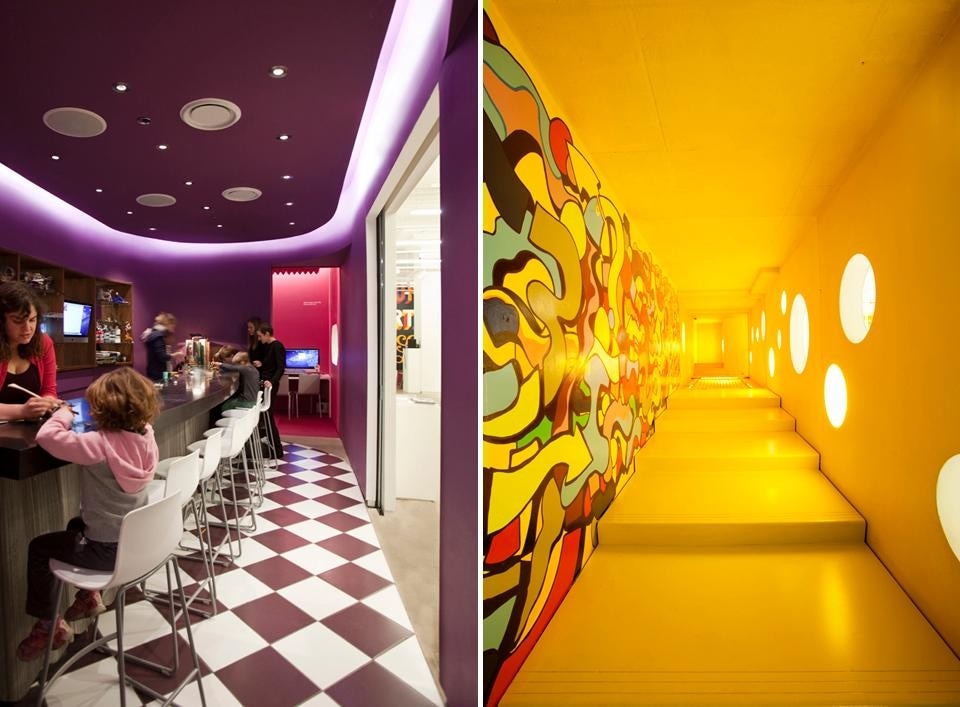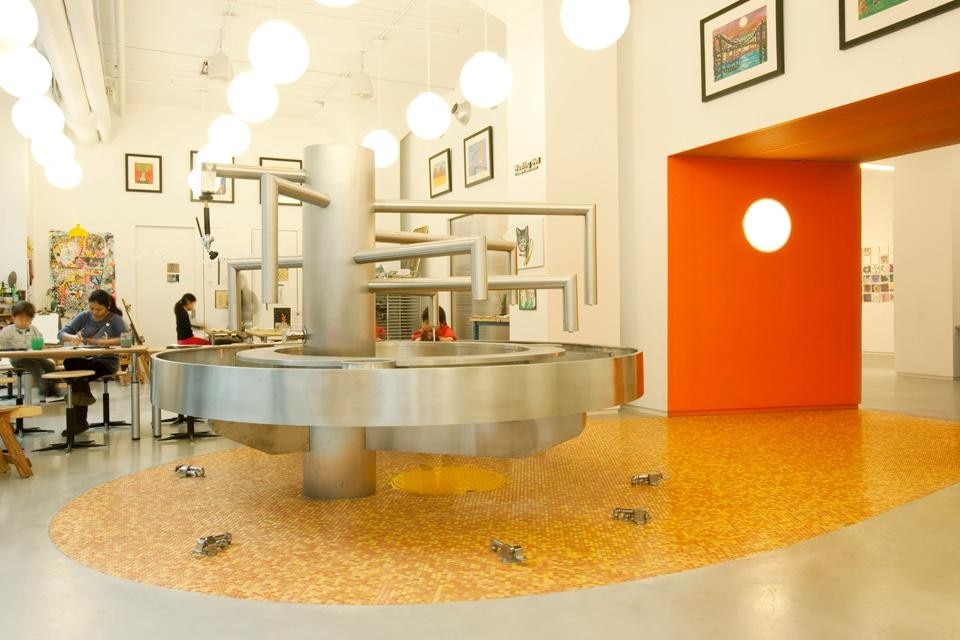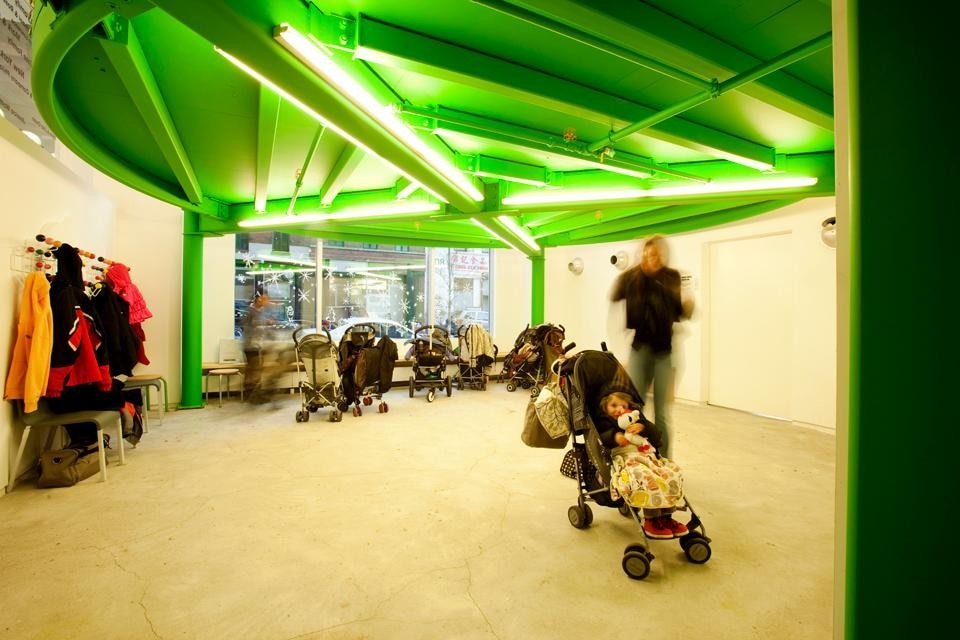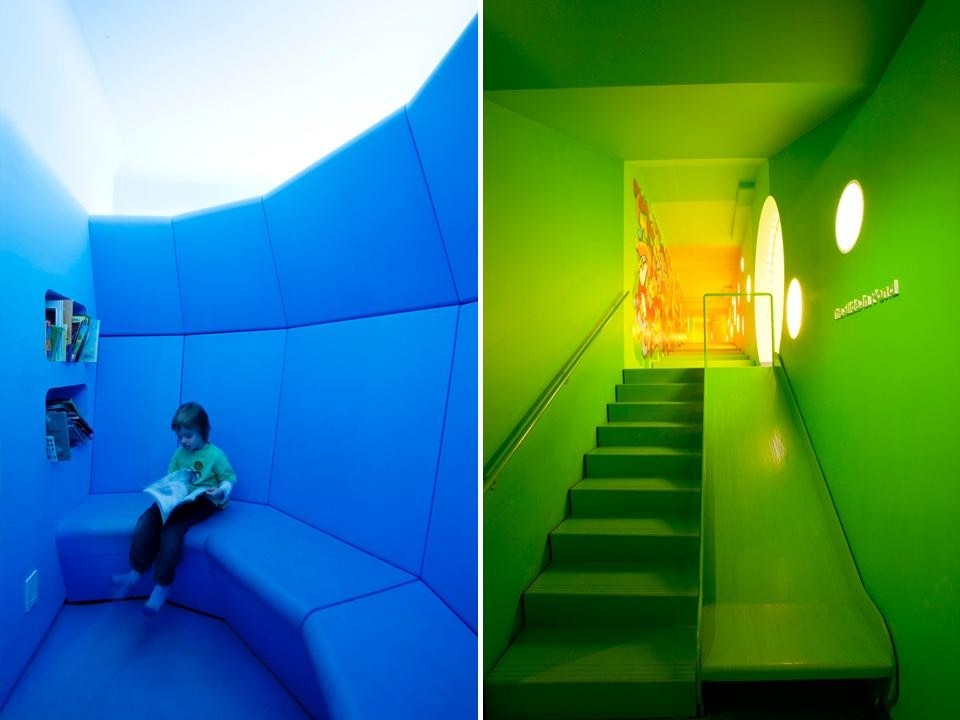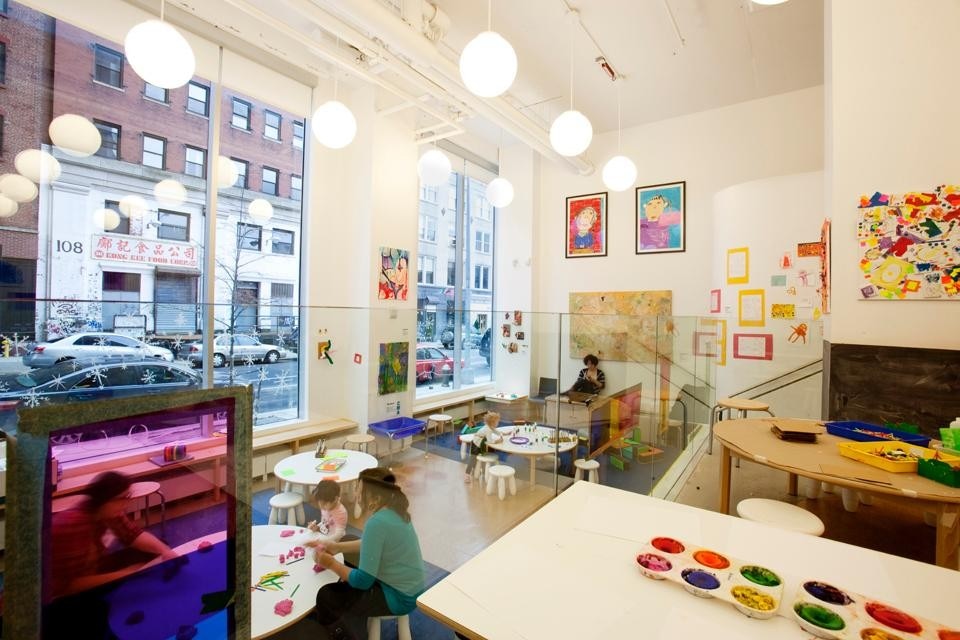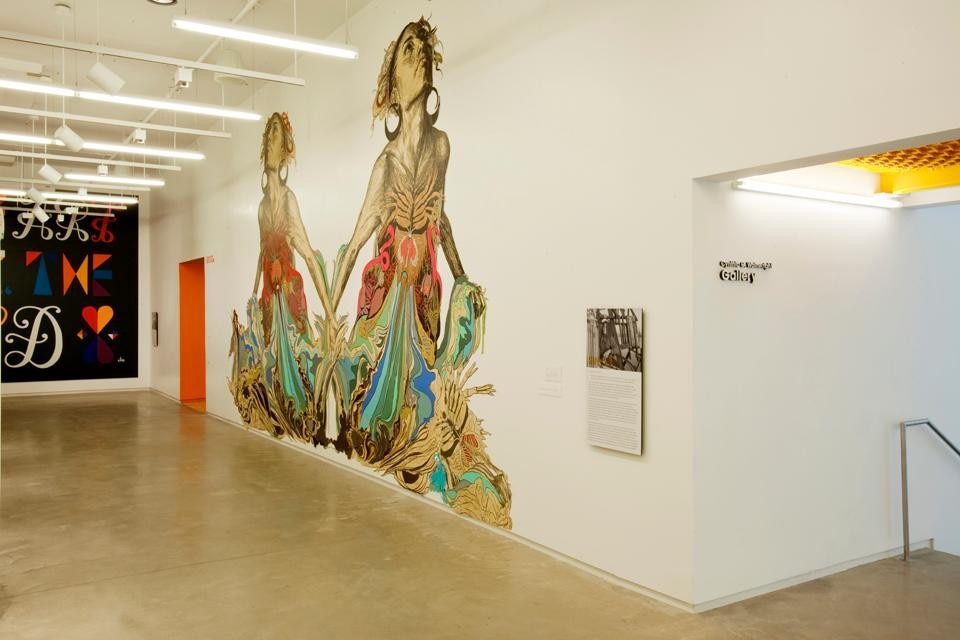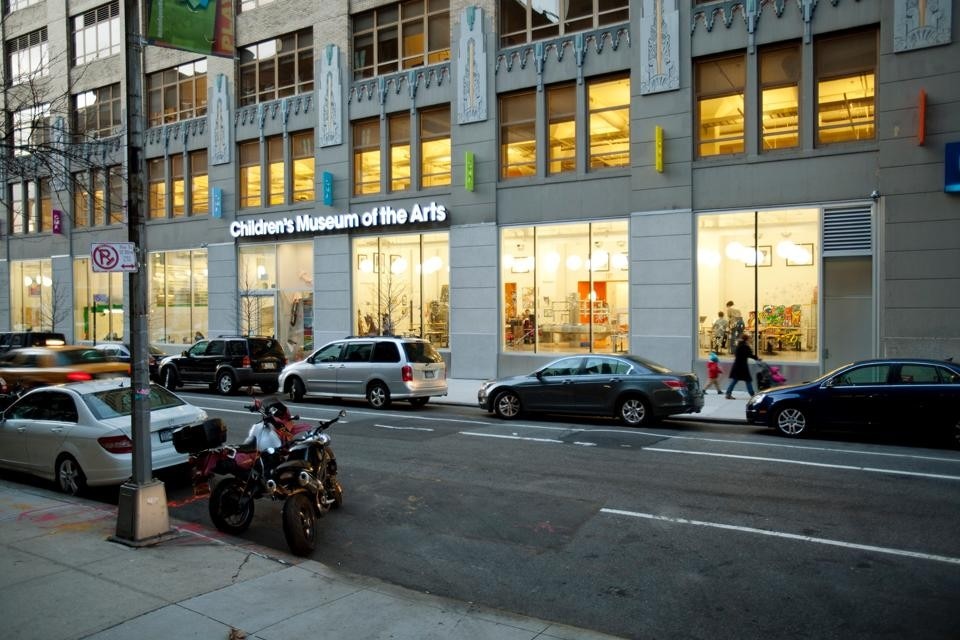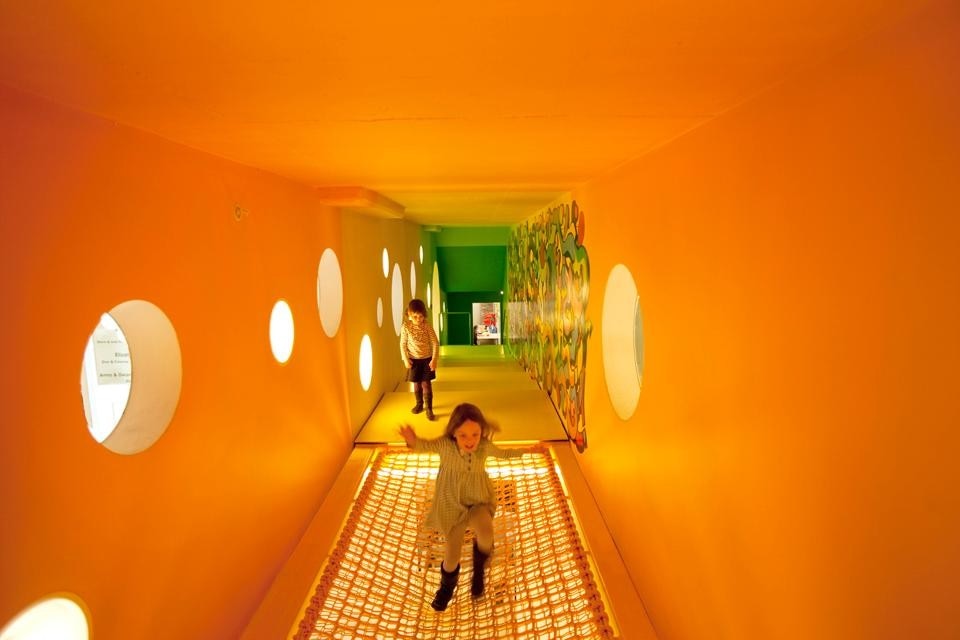From the very beginning, CMA focused on hands-on art programs and the direct encounter of children with artists in an artists-in-residence program. With its growing success, the museum began a search for a larger space, and in 2010 it was able to secure space within an old converted printing house building in Hudson Square, a previously nameless district west of SoHo, close to the entrance of Holland tunnel — a neighborhood which is still mostly industrial in character. In recent years some creative companies have started to move into this area due to the large spaces available. The new CMA space is almost 930 square metres (10.000 square feet), more than triple the size of the first. After the outbreak of the financial crisis, the funding for the new space became more difficult, but the City of New York supported the move to the new location through funds for the equipment and furnishing of the rooms.
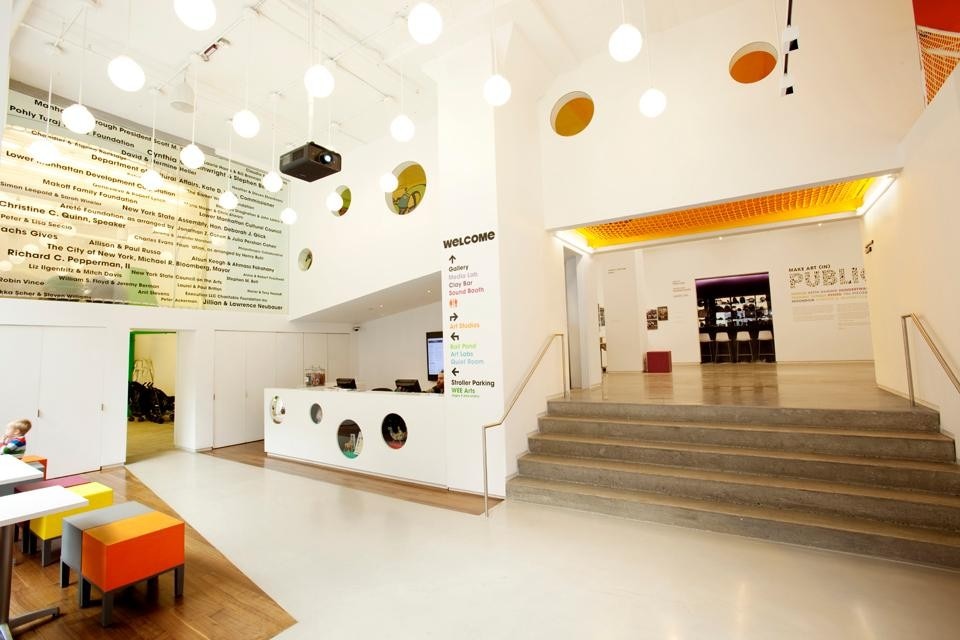
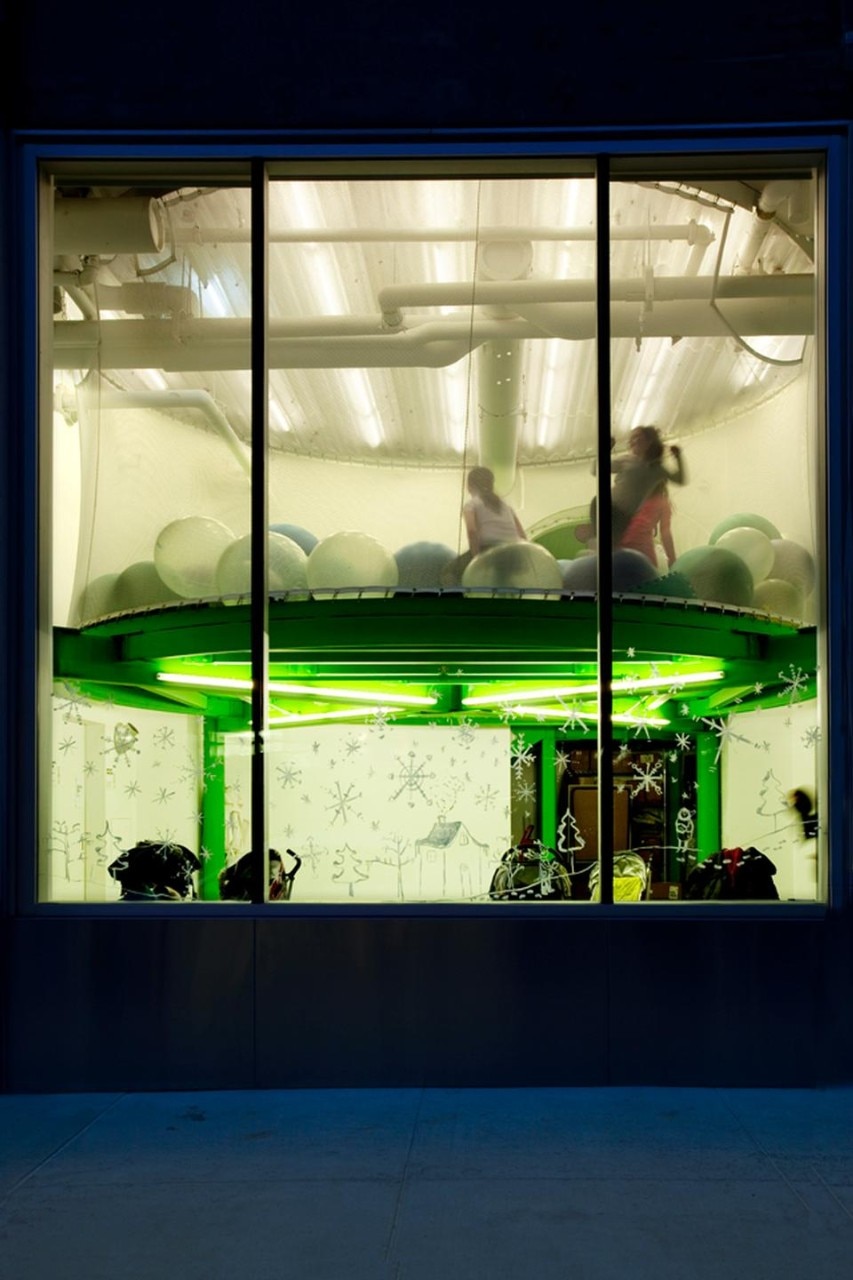
Despite the project's tight budget and its specific space conditions, the architects have successfully turned all restrictions into great benefits for both the children and the Museum
